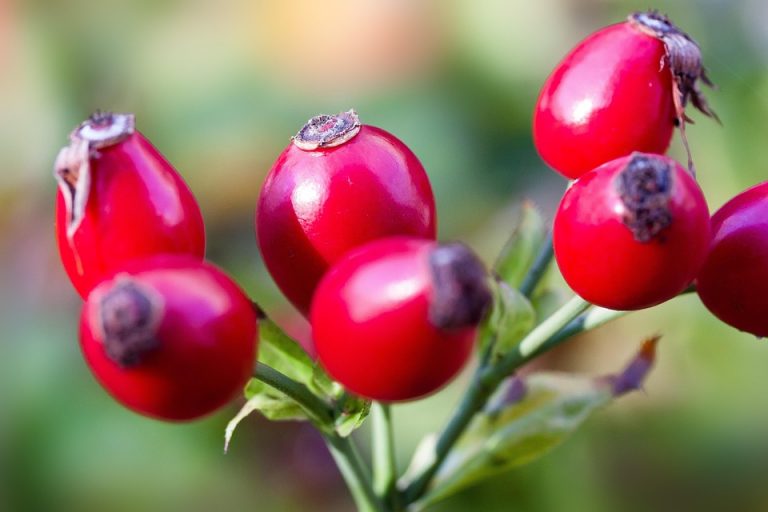Pain can be a relentless companion. When it lingers, it can cloud your joy and drain your energy. But you don’t have to settle for discomfort. Herbal remedies to banish your pain naturally are not just whispers in the wind; they are powerful solutions waiting for you to embrace them.
Contents
- Understanding Herbal Remedies
- Why Choose Herbal Remedies?
- 1. Turmeric: The Golden Spice
- 2. Ginger: A Potent Anti-Inflammatory
- 3. Willow Bark: Nature’s Aspirin
- 4. Peppermint: Cool Relief for Headaches
- 5. Arnica: Nature’s Bruise Healer
- 6. Lavender: Soothe Your Mind and Body
- 7. Cayenne Pepper: Ignite Pain Relief
Understanding Herbal Remedies
Herbal remedies have been used for centuries across cultures. They harness the healing power of plants to alleviate various ailments, including pain. From headaches to joint discomfort, nature has provided us with a treasure trove of options. Why does this matter to you? Because these remedies offer a holistic approach, often with fewer side effects than traditional medications.
Why Choose Herbal Remedies?
- Natural Healing: Your body is a remarkable machine, capable of healing itself. Herbal remedies support this process.
- Fewer Side Effects: Many pharmaceuticals can come with a laundry list of side effects. Herbs are gentler.
- Empowerment: Taking charge of your health with natural solutions fosters a sense of empowerment.
1. Turmeric: The Golden Spice
Curcumin, the active ingredient in turmeric, is renowned for its anti-inflammatory properties. If pain is your constant companion, turmeric can be a game-changer.
How to Use It:
- Golden Milk: Mix turmeric powder with milk (or a plant-based alternative), a pinch of black pepper, and honey for a soothing drink.
- Turmeric Tea: Steep fresh turmeric root or powder in hot water, add lemon, and sip away.
Why It Works:
Curcumin effectively reduces the levels of inflammatory markers in your body. Studies show it can be as impactful as some anti-inflammatory drugs, but without the side effects.
For more information on turmeric, you can visit the National Center for Complementary and Integrative Health.
2. Ginger: A Potent Anti-Inflammatory
Ginger isn’t just a kitchen staple; it’s a powerhouse when it comes to pain relief.
How to Use It:
- Ginger Tea: Boil fresh ginger slices in water, strain it, and add honey or lemon.
- Ginger Paste: Mix ginger powder with water to create a paste and apply it to sore areas.
Why It Works:
Ginger contains compounds called gingerols and shogaols that reduce inflammation. Research indicates it can significantly help with osteoarthritis and muscle pain.
Discover more about ginger’s benefits from Healthline.
3. Willow Bark: Nature’s Aspirin
Willow bark has been used for centuries to relieve pain and inflammation.
How to Use It:
- Willow Bark Tea: Steep dried willow bark in hot water for a soothing drink.
- Capsules: Available at health food stores, these can be a convenient option.
Why It Works:
Willow bark contains salicin, which your body converts to salicylic acid—similar to aspirin. It’s effective for headaches, back pain, and arthritis.
Learn more about willow bark from WebMD.
4. Peppermint: Cool Relief for Headaches
If tension headaches or migraines are part of your life, peppermint can provide much-needed relief.
How to Use It:
- Peppermint Tea: Brew fresh or dried peppermint leaves in hot water.
- Essential Oil: Dilute peppermint oil with a carrier oil and massage it into your temples.
Why It Works:
Menthol in peppermint has a calming effect on muscles and can improve blood flow, alleviating headache pain.
For further reading on peppermint, check out Mayo Clinic.
5. Arnica: Nature’s Bruise Healer
Arnica is famous for its ability to reduce swelling and pain, especially after injuries.
How to Use It:
- Arnica Cream: Apply this topical treatment directly to the affected area.
- Homeopathic Pills: These can also provide systemic relief.
Why It Works:
Arnica stimulates circulation and reduces inflammation. It’s particularly effective for bruises and joint pain.
For more insights on arnica, refer to Cleveland Clinic.
6. Lavender: Soothe Your Mind and Body
Lavender isn’t just a pretty flower; it’s a powerful ally against pain and stress.
How to Use It:
- Lavender Tea: Steep dried lavender buds in hot water for a calming drink.
- Essential Oil: Use in aromatherapy or dilute for a soothing massage.
Why It Works:
Lavender oil has analgesic and anti-inflammatory properties. Plus, its calming effects can help reduce stress-related pain.
For more information on lavender, visit the American College of Healthcare Sciences.
7. Cayenne Pepper: Ignite Pain Relief
Cayenne pepper might be a surprising addition to your pain relief toolkit.
How to Use It:
- Cayenne Ointment: Mix cayenne powder with a carrier oil for a topical pain reliever.
- Spice Up Your Meals: Add cayenne to your dishes for an internal boost.
Why It Works:
Capsaicin, the active component in cayenne, reduces substance P, a neuropeptide associated with pain signaling.
The Bottom Line
Incorporating herbal remedies to banish your pain naturally is a loving way to care for yourself. Whether it’s turmeric for inflammation or lavender for calming your nerves, these options empower you to take charge of your well-being.
Remember, while herbal remedies can be incredibly effective, it’s essential to consult with a healthcare professional before starting any new treatment, especially if you have underlying conditions or are on medication.
FAQs
Q: Are herbal remedies safe for everyone?
A: While many people benefit from herbal remedies, it’s best to consult with a healthcare provider, especially if you’re pregnant, nursing, or on medication.
Q: How long does it take to feel the effects?
A: The time can vary. Some may feel relief within hours, while others might need consistent use over days or weeks.
Q: Can I combine herbal remedies?
A: Yes, but be cautious. Some combinations can interact negatively. Always consult a professional.
Embrace these natural remedies and feel the difference. Your body deserves it!








